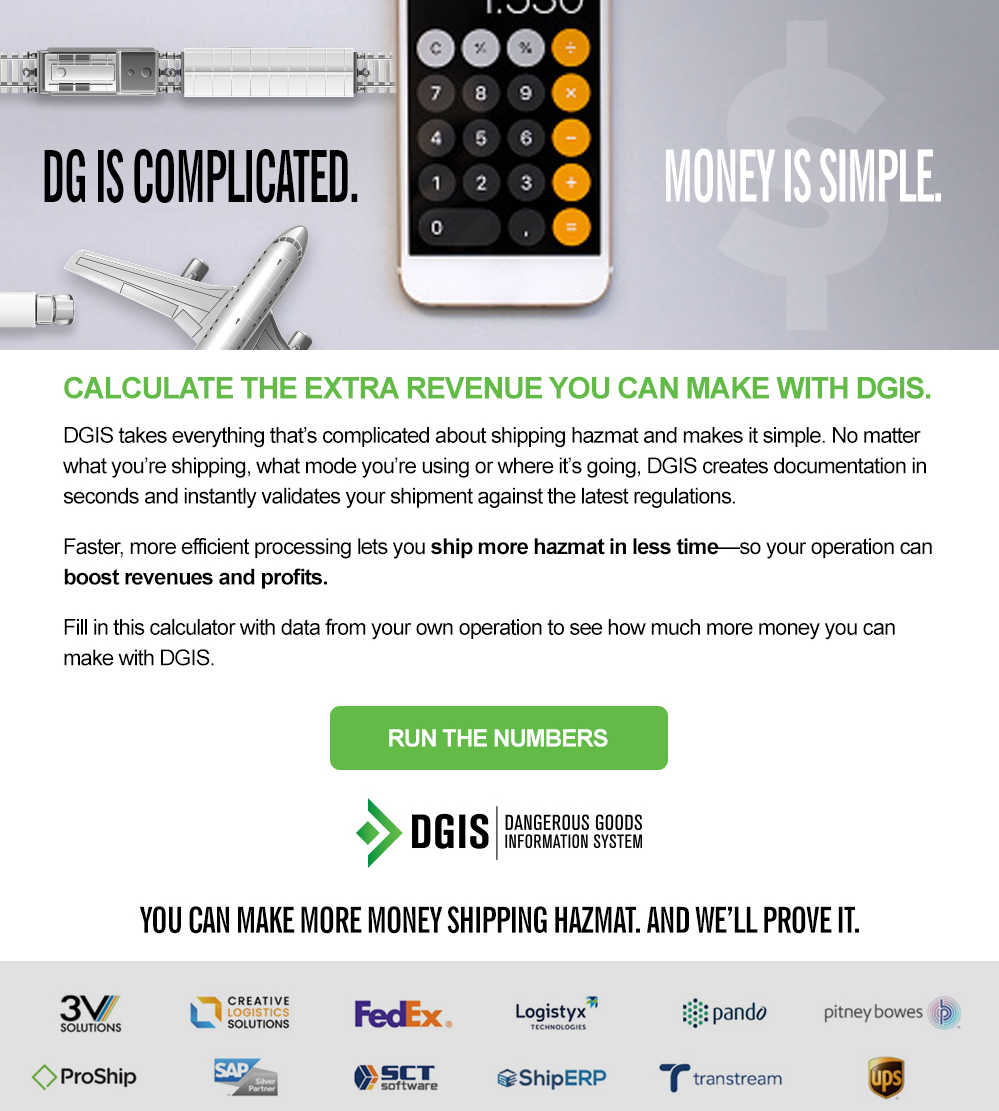

Week of May 1st, 2023
Linking supply chain news with dangerous goods compliance
The electric vehicle (EV) market continues to grow and brings with it many supply chain challenges – from sourcing lithium to building the necessary infrastructure to transporting lithium batteries safely.
We want your input! Please take a few minutes to add your voice to the 8th Annual DG Global Confidence Outlook! Your responses are anonymous, and we’ll share the results later this year.
Let’s examine some recent industry news.
SUPPLY CHAIN NEWS
- EV Battery Transport: 5 Challenges and How to Overcome Them: As the EV market continues to grow, understanding and managing lithium battery transport becomes increasingly critical. And while there are several complex challenges, there are solutions that can help.
- IEA Predicts Another Record Year for Electric Vehicles: Electric car sales could jump 35% this year to 14 million vehicles, according to the International Energy Agency.
- Solving EV Challenges with Smart Manufacturing and Logistics: Siemens discusses how the latest digital tools are enabling the transition to e-mobility and explains why these are now essential to OEMs and suppliers if they are to create transparent, sustainable supply chains.
- Toyota’s CEO’s Attention is on the EV Supply Chain Crisis: Toyota CEO Koji Sato believes there is more to be done to encourage a sustainable EV supply chain and localize production in China and the U.S.
- Footage of Truck Fire Highlights Growing EV Risk: New video footage of a fire that started in an electric pickup truck highlights an emerging concern regarding the adoption of EVs.
- Everything You Need to Know About the EV Battery Ecosystem: The world’s top automakers are planning to invest nearly $1.2 trillion in EVs and batteries through 2030, but there’s one country leading the way in battery tech: China.
OUR PERSPECTIVE
- More EVs means more lithium batteries. EVs run on large format lithium-ion batteries, which are fully regulated hazmat and add another level of complexity and risk due to their size and power. As a result, the ongoing transport of new, used, end-of-life and damaged batteries and cellular module assemblies (CMAs) through the supply chain can be a complicated and highly regulated endeavor, and transporting them safely, efficiently and compliantly means nailing every detail.
- EV battery transport is challenging. Not only is there a fire risk associated with lithium batteries, but the regulations are constantly changing, the batteries are big, bulky and difficult to handle, and they require specialized, custom packaging. Battery transport also often involves multiple supply chain partners who must be aligned on the processes, equipment and transport instructions.
- An industry-wide concern. With nearly all automakers selling or unveiling EVs, every organization in the automotive industry – from the automakers themselves to OEMs to the corner repair shop – needs a plan for large format lithium battery transport. After all, in today’s rapidly growing EV market, it’s not a matter of if large format lithium batteries will have to be transported, but when.
To learn more about dangerous goods software or how to establish a safer, more compliant supply chain, visit https://www.labelmaster.com.
Have questions about dangerous goods transport? Call the Labelmaster Regulatory Hotline at 1.800.621.5808.



